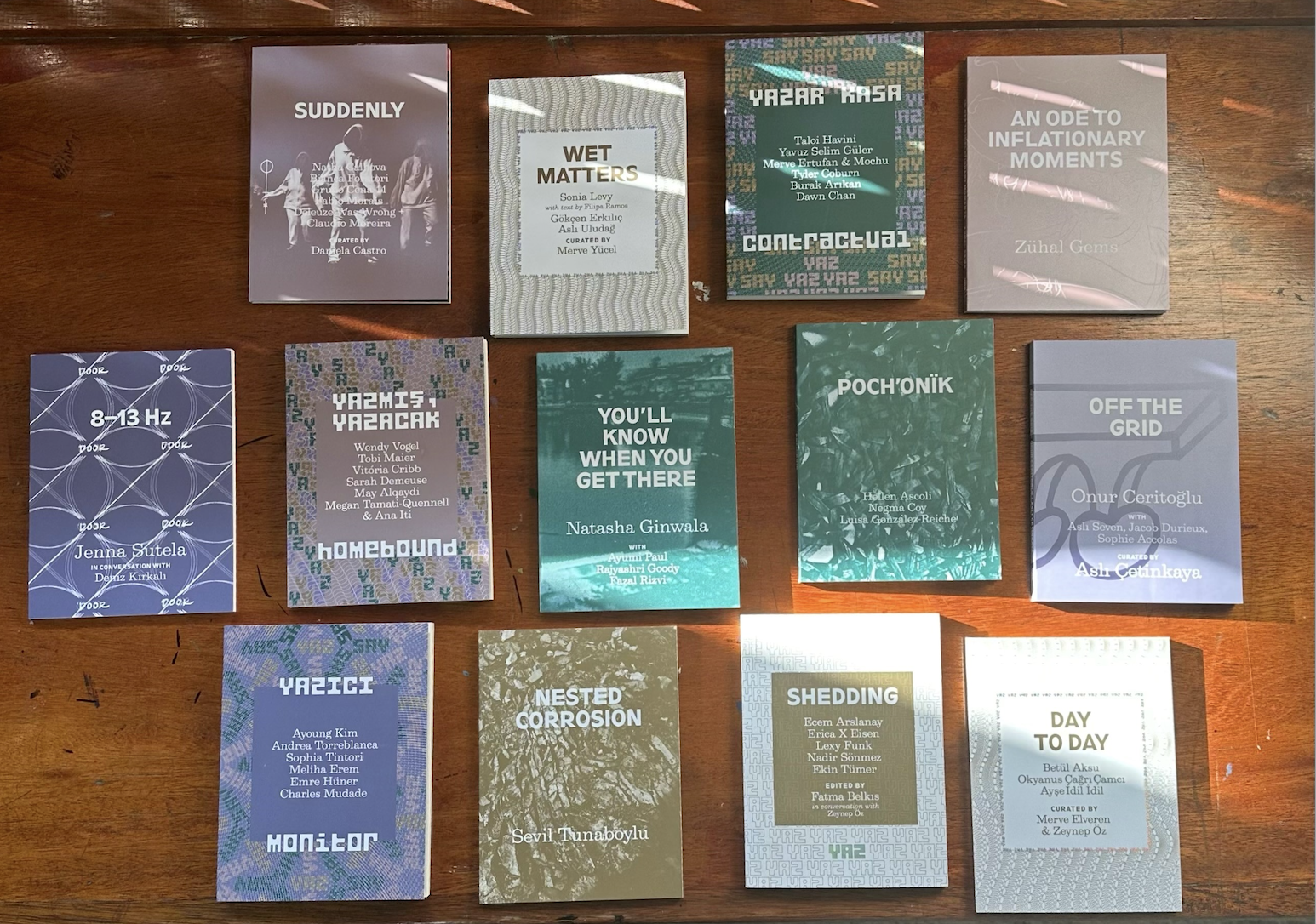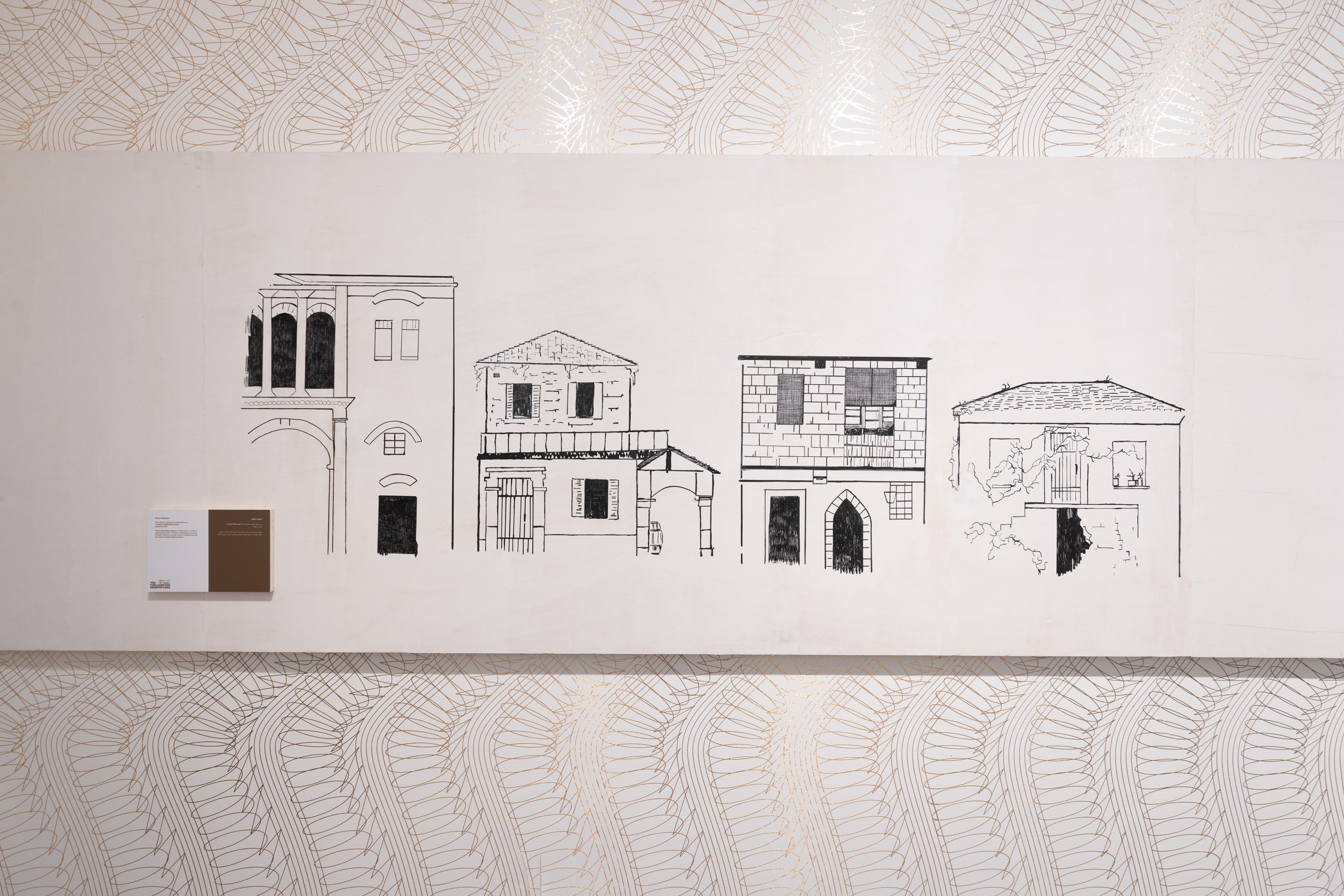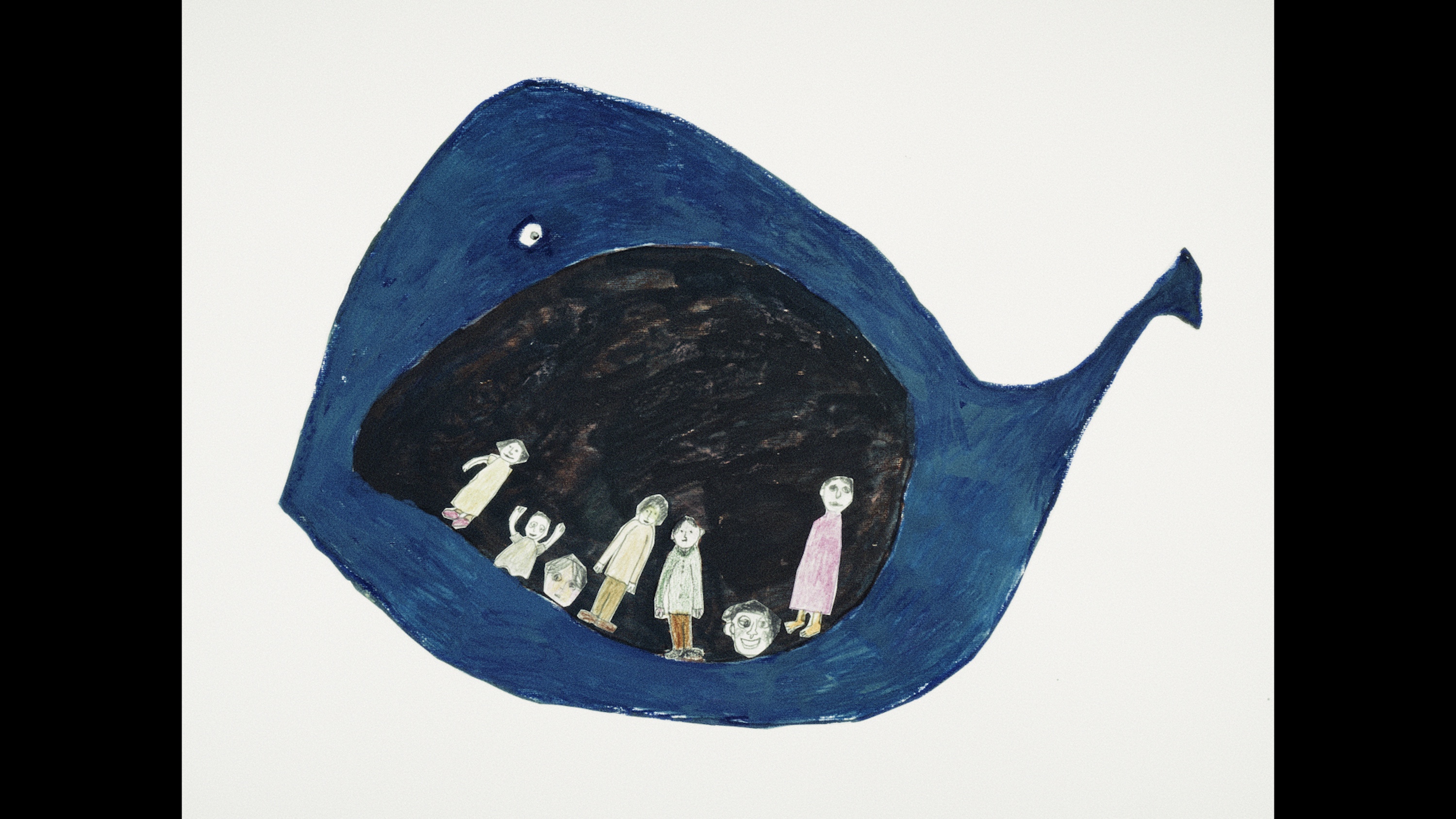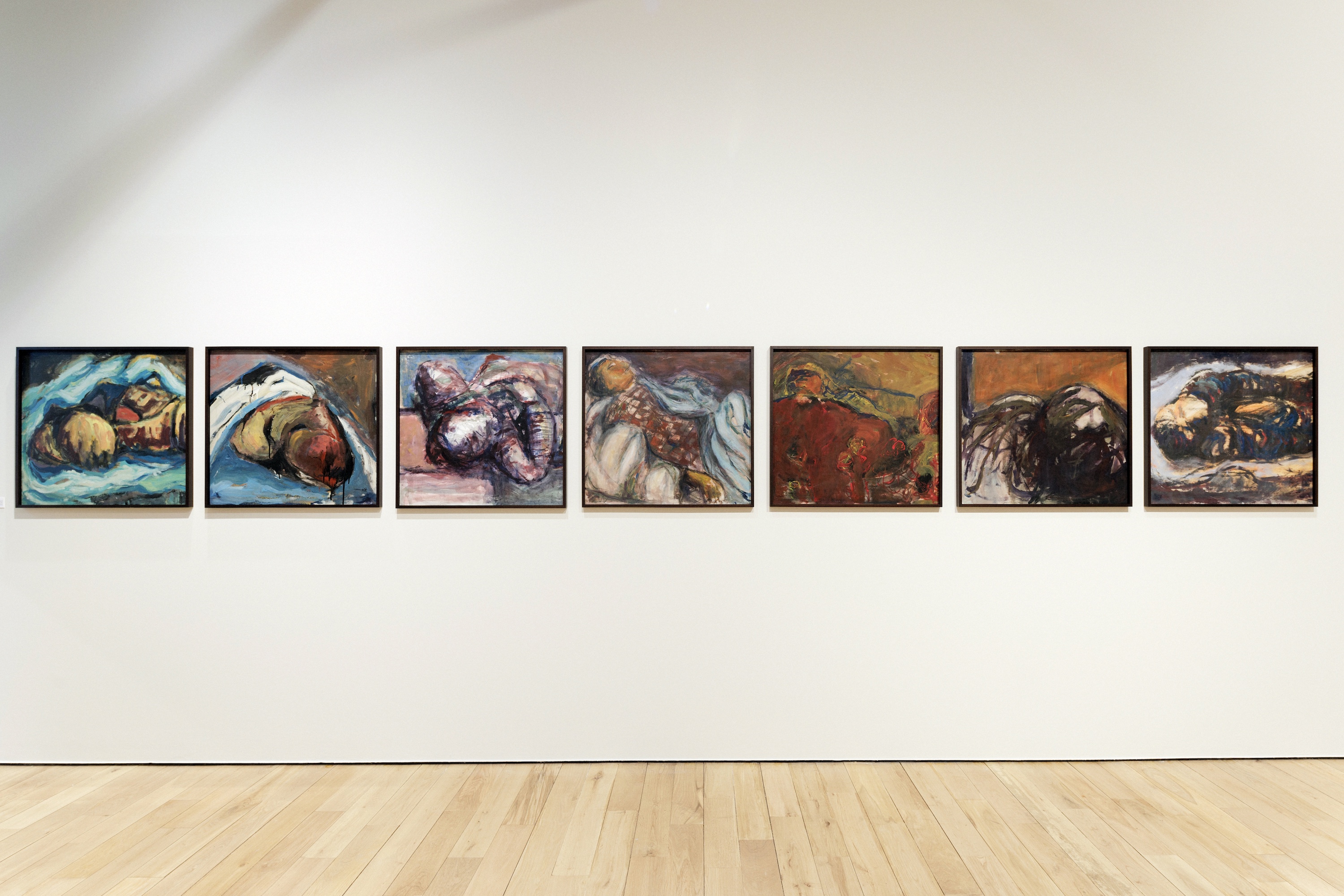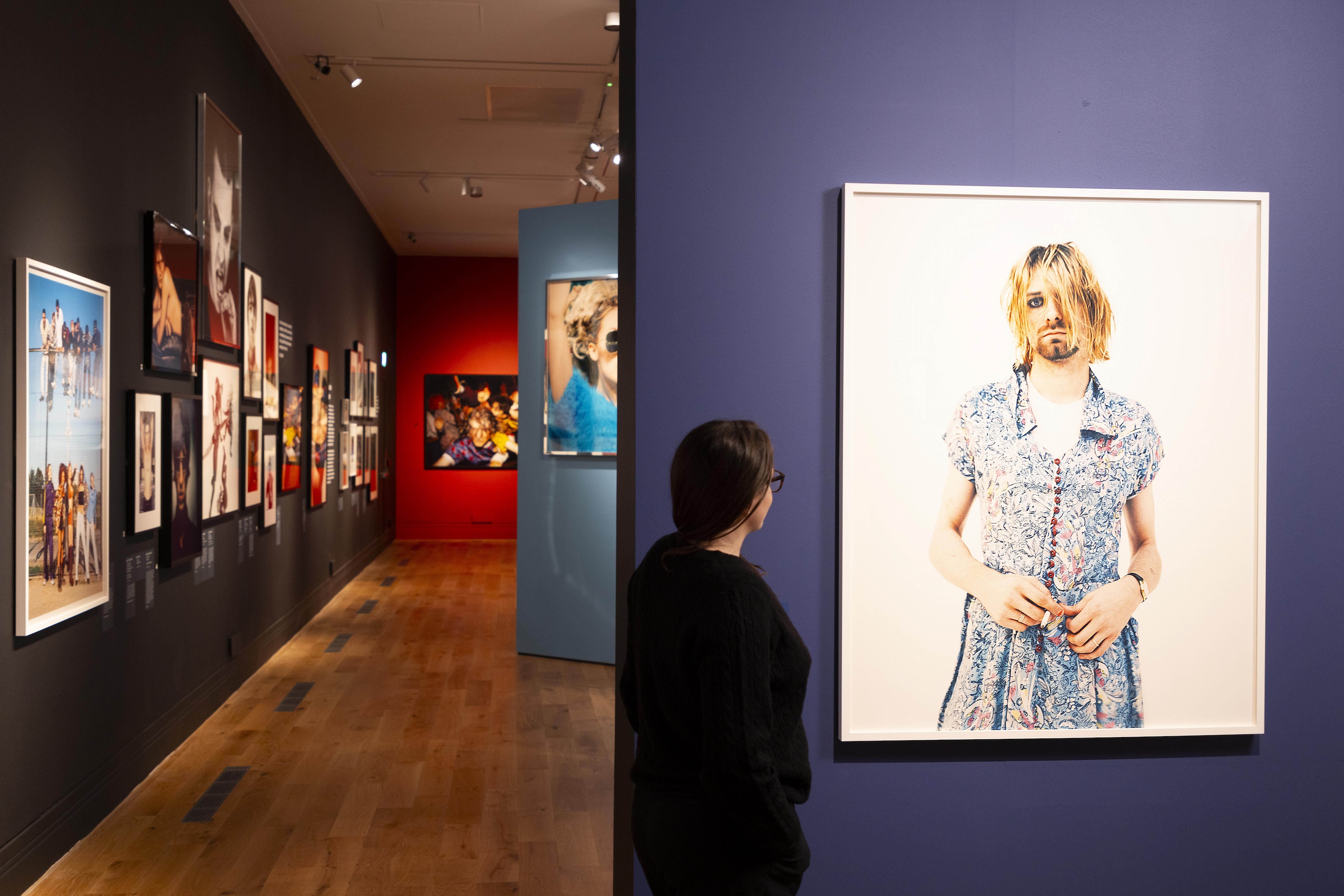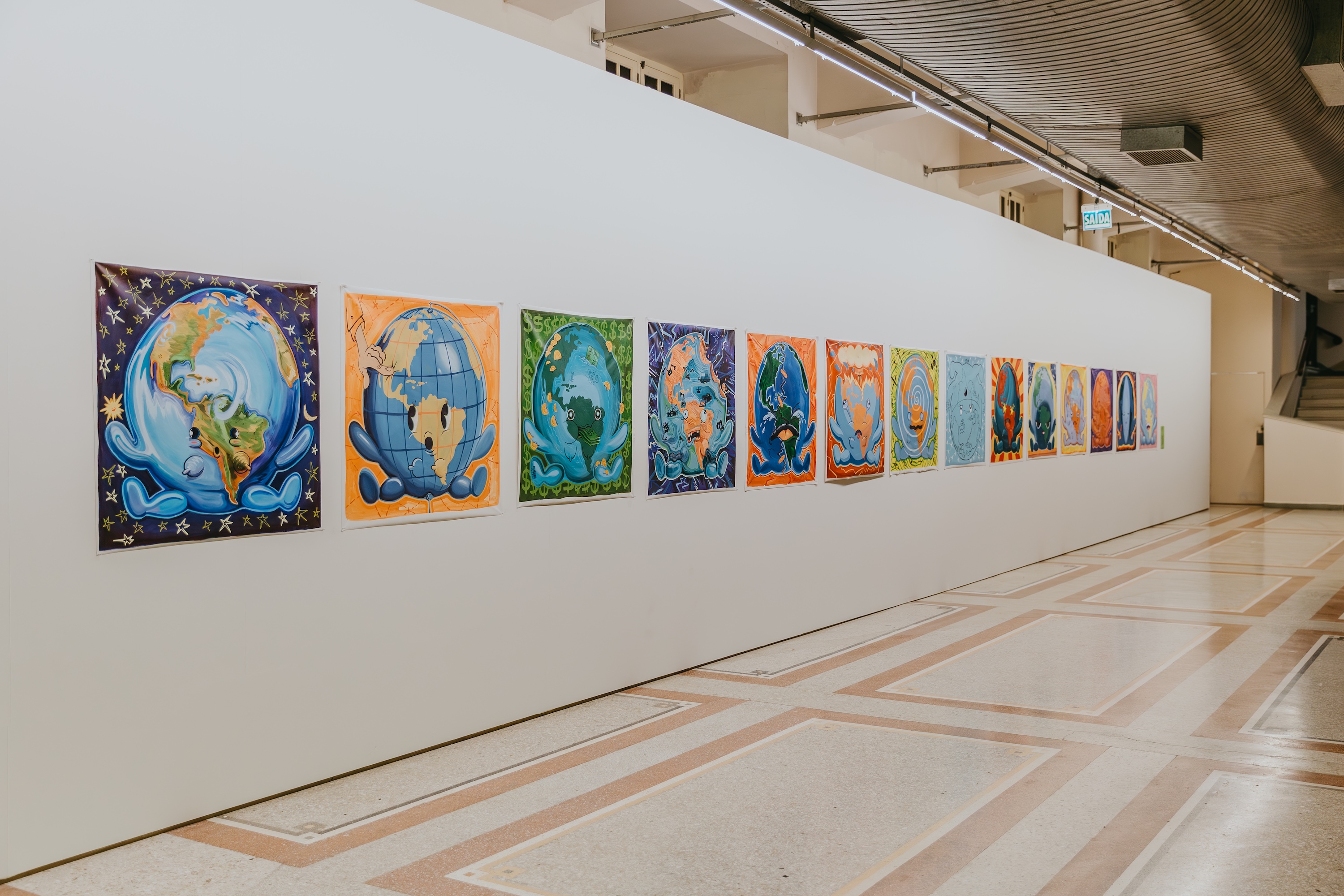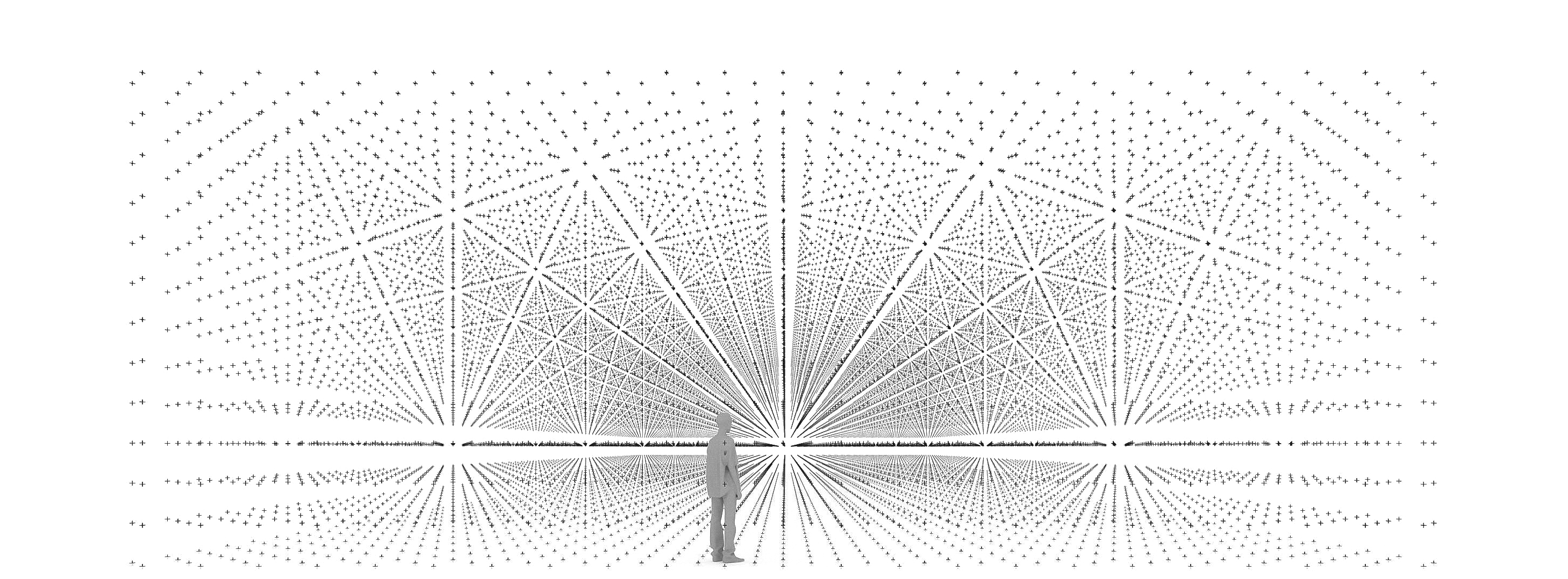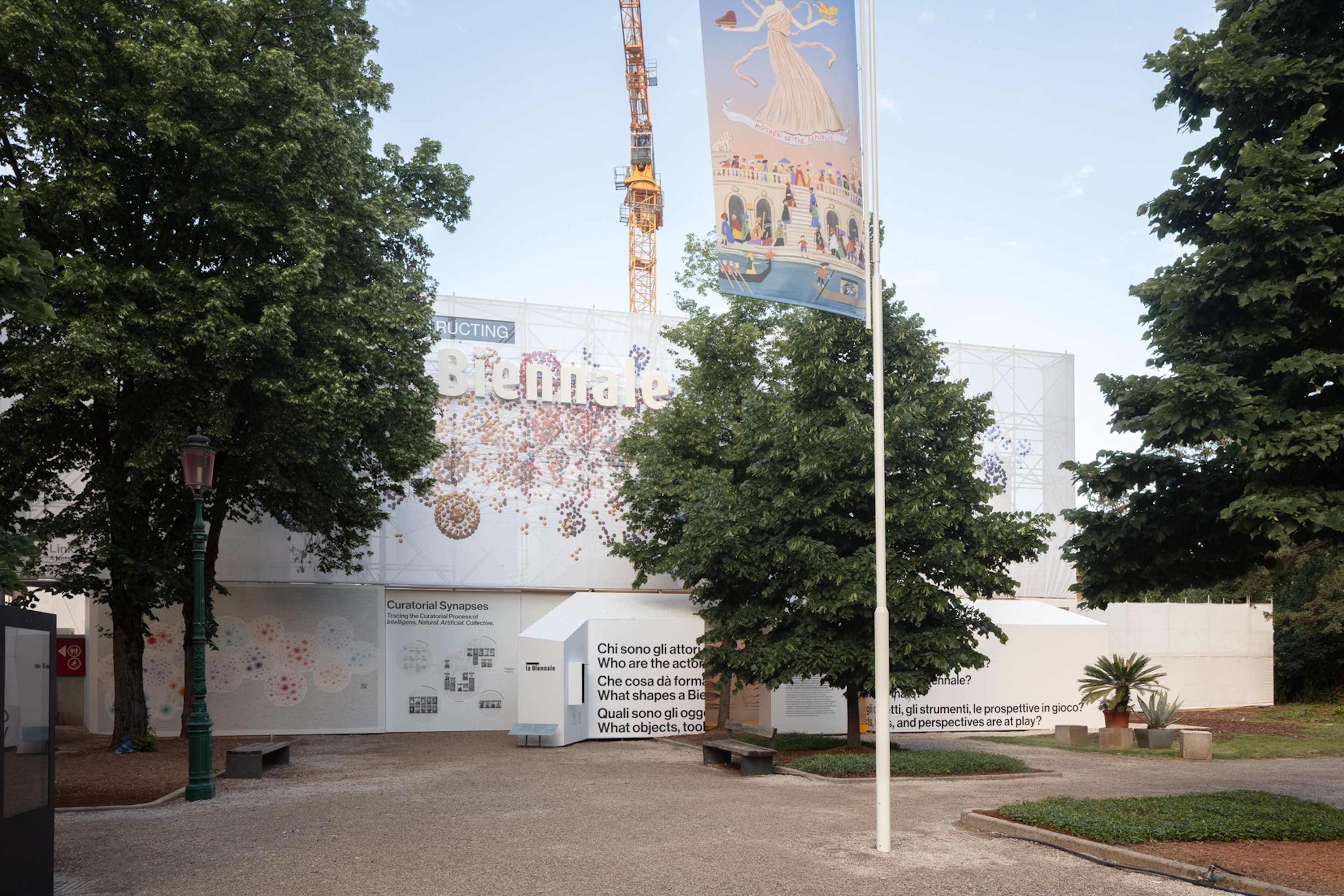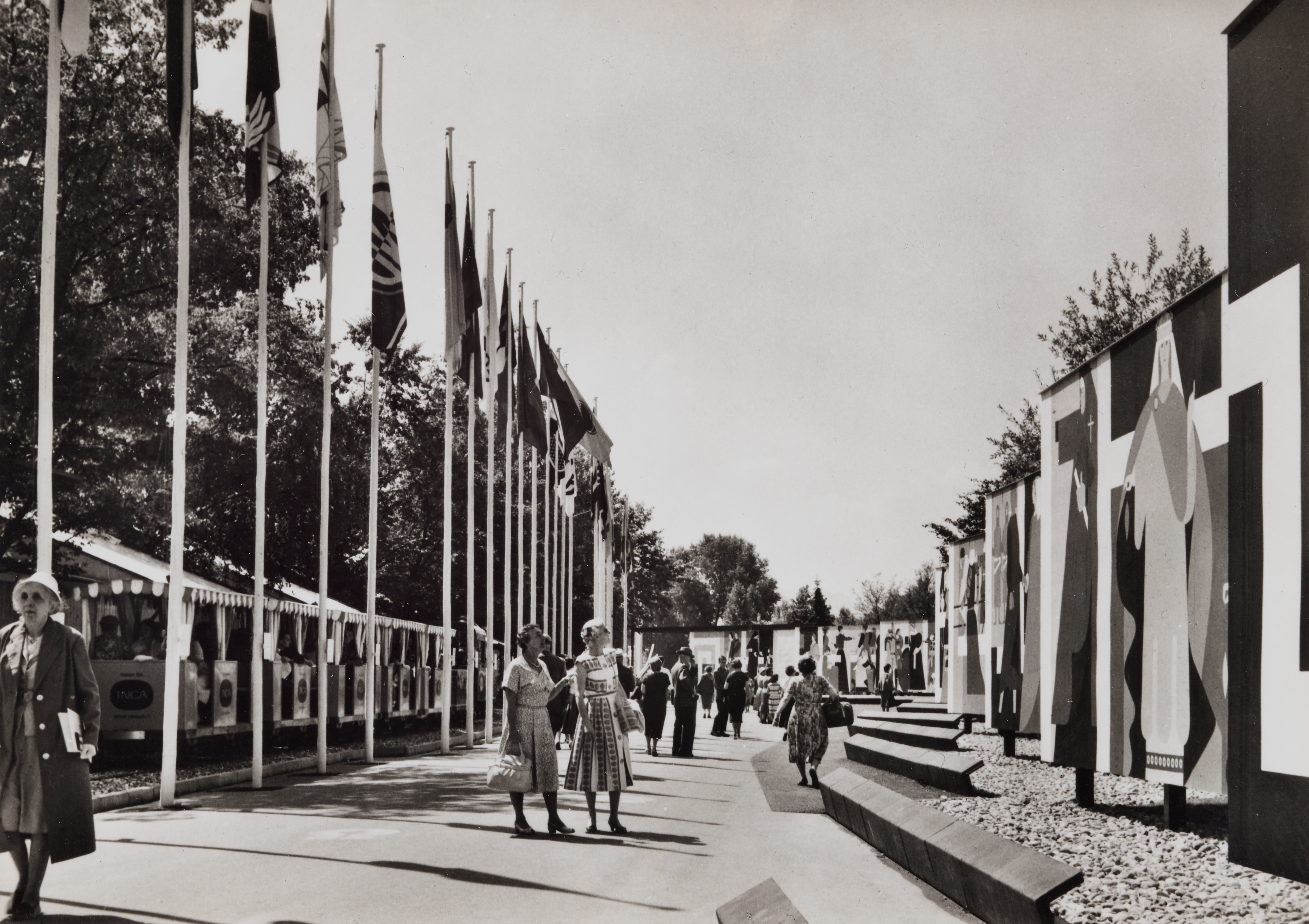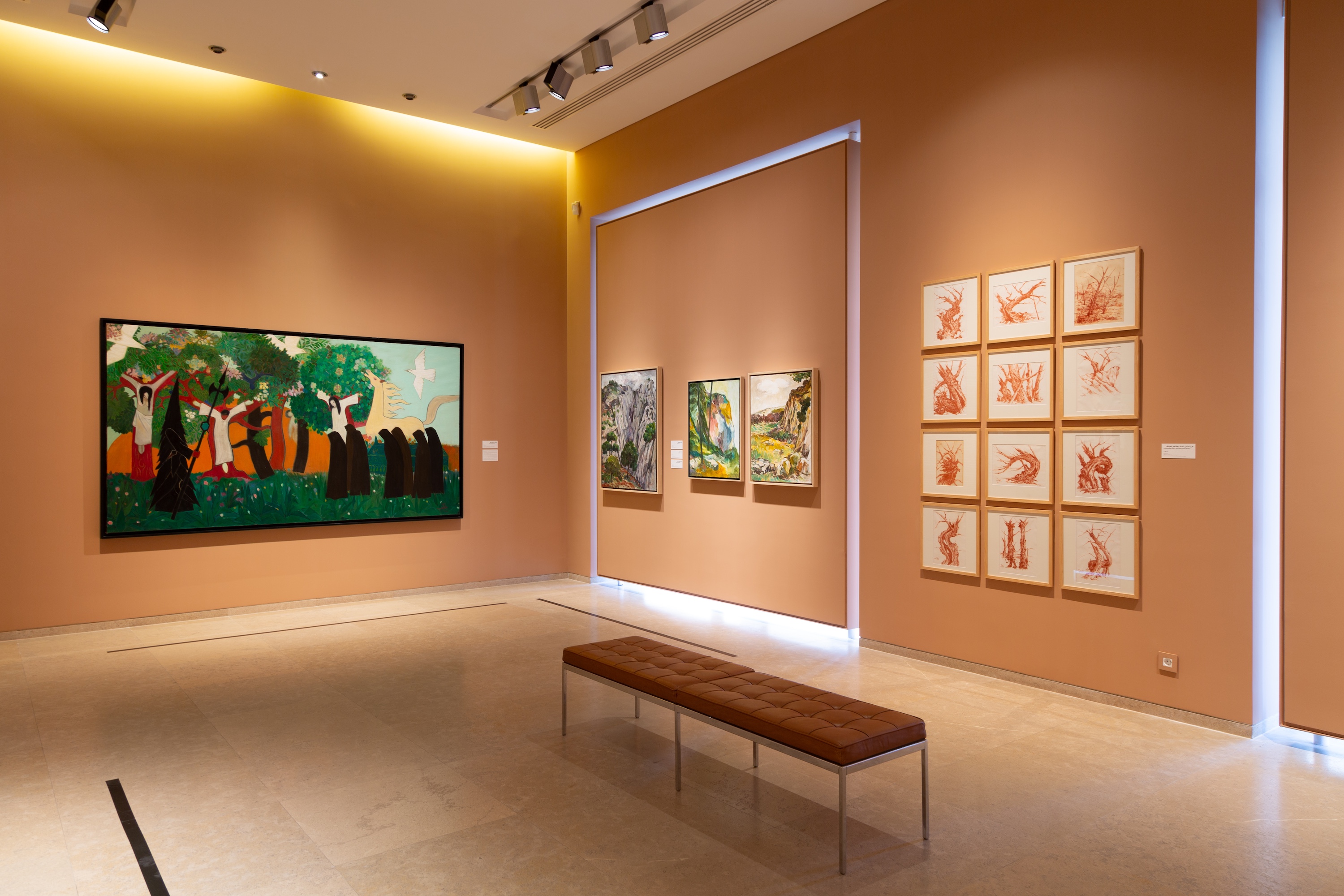Zeynep Öz, one of the five curators of this year’s Sharjah Biennial, describes YAZ, the thirteen artists’ books that form part of her contribution to the exhibition, as “serious play.” Developed in collaboration with designer Okay Karadayılar, the books are individual and collective playgrounds in which sixty contributors—including Öz’s co-curators, arts professionals from Sharjah, and non-fiction writers—experiment with the possibilities of the book form. These paperback pocketbooks each run to between 100 and 150 pages, follow a color scheme of white, purple, and mauve, and offer a platform for diverse reflections on the theme of home, memory, displacement, and technological change.
In Sharjah, the books were exhibited (and available for reading) in a dedicated space on Al Mureijah Square, alongside sketches—describing the contributors’ thought processes—and audio pieces, creating an atmosphere that was both intimate and educational. Öz’s curatorial practice has long engaged with the relationship of contemporary art to text and publishing. Her project “Bahar,” an off-site satellite in Istanbul of Sharjah Biennial 13, built on the three editions of “Produce,” a commissioning platform for which artists working in diverse fields were asked to propose a project they had never previously been able to realize. The publications in YAZ comprise visual essays, journal entries, short stories, concept notes, and streams of consciousness that engage with and question notions of progress and utopia as they relate to bureaucracy, power, hierarchy, and hegemony.
Indeed, YAZ began as an attempt to engage with the genre of science fiction, while riffing on the word’s two meanings in Turkish: “to write” and “summer.” Of the latter, Öz writes in the curatorial statement for Sharjah that “If spring is the season of hope, summer is that time when the full bloom of the trees has long passed, but right before branches have already fully hardened—there is suspense, in the dull waiting for harvest.” This longing for bloom is apparent in several publications in the series. Wet Matters, edited by Merve Yücel, engages with the materiality, fluidity, complexity, and technology of water in social, economic, and ecological terrains. Contributions by Sonia Levy, Filipa Ramos, Gökçen Erkīlīç, and Aslı Uludağ play with rules of narrative form, style, knowledge, and communication. These rules are made riverine: fluid, ever-changing.
In another free-flowing exchange in Yazmiș, Yazacak: Homebound, Wendy Vogel, Tobi Maier, Vitória Cribb, Sarah Demeuse, May Alqaydi, Megan Tamati-Quennell, and Ana Iti attempt to define home by exploring pasts, presents, and futures. Alqaydi’s standout essay delineates her relationship with Al Dhaid, an oasis town, through the special waterways and irrigation systems that support its agriculture and economy. She details her encounter with a local poet named Saeed Altunaiji, who describes Al Dhaid’s intertwined ecosystems: its prosperous palm trees, mountains, wells, soils, and water distribution mechanisms. The essay is not only an introduction to Al Dhaid, it is also an intimate, first-hand account of two local people who think in images and metaphors: as when they use the “karba”, the triangular base of palm tree fronds, which disintegrates and separates, to describe local Bedouins who are “unable to hold together after the slightest disagreement.”
In the diaristic book Day To Day, compiled by Merve Elveren and Öz, a contribution titled “Foliage Reflected on a Body of Water” reorders Ayşe İdil İdil’s journal entries, which conjure her lived experience of the November 2015 Paris attacks as a person who has lived in Turkey, France, and the US. As the entries unfold, we learn about a game in which players try to spot green (usually in the forms of trees or plants) in cities that promise a better life. These flashes of green are the antidote to the “existential anxieties” which overwhelm her after seeing teargas in a public park and learning of an oil spill. On an adjoining page appears a caption for a photograph we are asked to imagine. It describes an image of a building surrounded by trees, which has been plastered outside a construction zone, as if to remind us of a demolished past now paving the way to a concrete jungle.
As printed matter, YAZ requires us to detach ourselves from the digital media platforms that shorten our attention spans. YAZ joins peers including Kayfa ta in Lebanon, Reliable Copy in Bangalore, Editions JOJO in Mumbai, Forma in London, Primary Information in New York, and Fehras Publishing Practices in Berlin, who take advantage of the intimacy, portability, accessibility, and relative permanence of books as contemporary art media. These publications are imperfect spaces for experimentation, storytelling, and field notes.
This culture is thriving among MENASA artistic communities in which books—markers and containers of knowledge—are often perceived as threats to state structures and systems. I write this from Colombo on the forty-fourth anniversary of the burning of the Jaffna Library in north Sri Lanka, a dark occasion of erasure in the midst of ethnic conflict. A great advantage of books and samizdat is that they can travel: YAZ arrived to me in New Delhi from Sharjah in just a few days. The “serious play” of the series lies in the fact that they protect art and knowledge’s freedom of movement.
